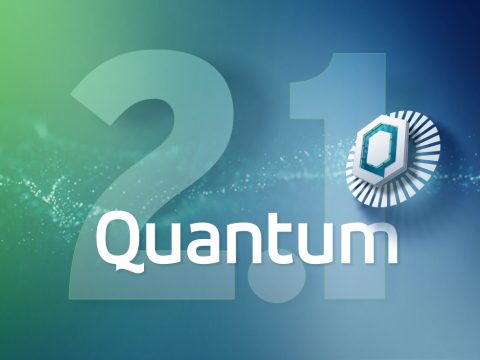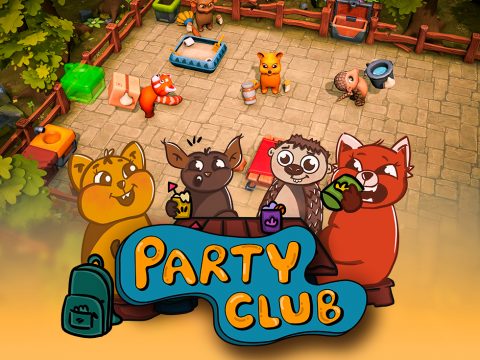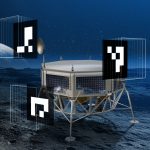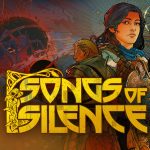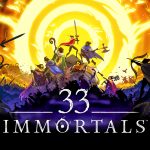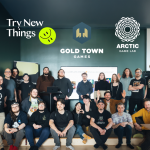Crafting a 33-Player Online Multiplayer Game: Thunder Lotus’s Journey with Photon Quantum
Before diving into 33 Immortals, Thunder Lotus Games was known as a single-player game studio behind titles like Jotun, Sundered and Spiritfarer. The decision to create 33 Immortals was a huge leap for the studio, spearheaded by their founder and CEO, Will Dubé, as it marked their very first online multiplayer game, pushing them into what they called “unknown territories”.
Tackling a fast-paced, real-time co-op game with 33 players was an immense challenge for a studio with no prior online multiplayer experience. The team even described the whole process as a “big jump” and a “hard process”. It took five long years of “trial and error” to learn how to make a good online game.
During this intense learning curve, Thunder Lotus embraced an iterative development approach because they were truly venturing into the unknown. They’d churn out rough but playable versions of features like weapons or monsters, testing them internally until they were happy. Critically, they also made sure to get these versions into players’ hands for feedback whenever possible. This gradual but consistent method helped them improve the quality of their game features, figure out their team’s strengths, understand player expectations, and eventually fine-tune their content to hit a realistic target.
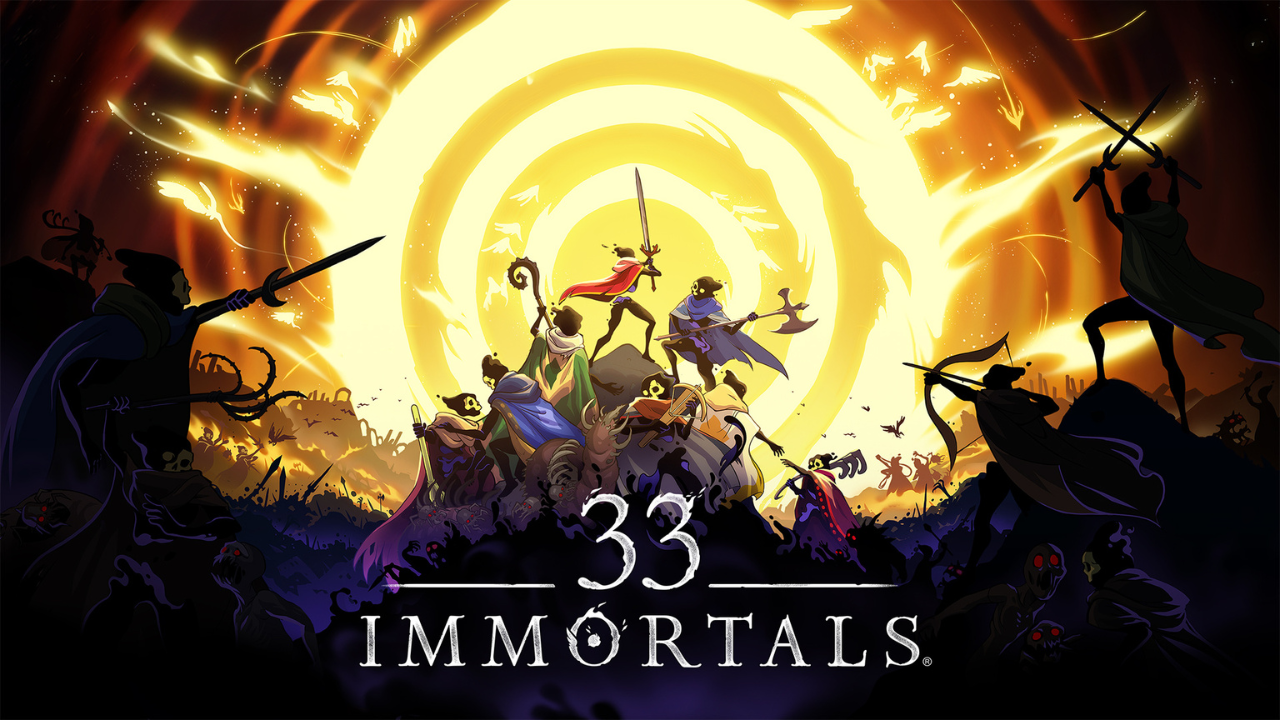
Initially, for their new online multiplayer venture, they explored other options than Quantum for their OS. However, this proved to be a significant hurdle because those used a more traditional server-side logic and, problematically for them, didn’t support Unity very well, focusing mainly on Unreal. This was a major issue since their development heavily relied on Unity. Plus, managing the large number of entities needed for their ambitious game concept was also quite challenging with their initial setup.
Finding Quantum
Throughout their five-year learning curve trying to figure out how to make a good online game, Thunder Lotus explored various solutions for 33 Immortals . Their search continued until they “stumbled” upon Photon Quantum.
“Photon Quantum is quite complex and has a lot to offer, but fully mastering every aspect isn’t necessary to make a high quality game. If you want to deep-dive and make a game that’s out of the ordinary, it’s available.” – Thunder Lotus Games.
After getting a feel for Quantum’s capabilities, Thunder Lotus immediately switched to it. This was a huge win because it meant they could develop their online multiplayer game purely in-engine without having to worry about writing netcode or extensive server-side logic. This allowed their gameplay programmers to massively shift their focus onto the actual gameplay itself.
With that big weight off their shoulders, the team leveraged Photon Quantum to tackle the inherent challenges of large-scale multiplayer development. Quantum’s client-side logic and strong focus on Unity were a perfect fit for Thunder Lotus’s existing workflow, making complex network coding a thing of the past.
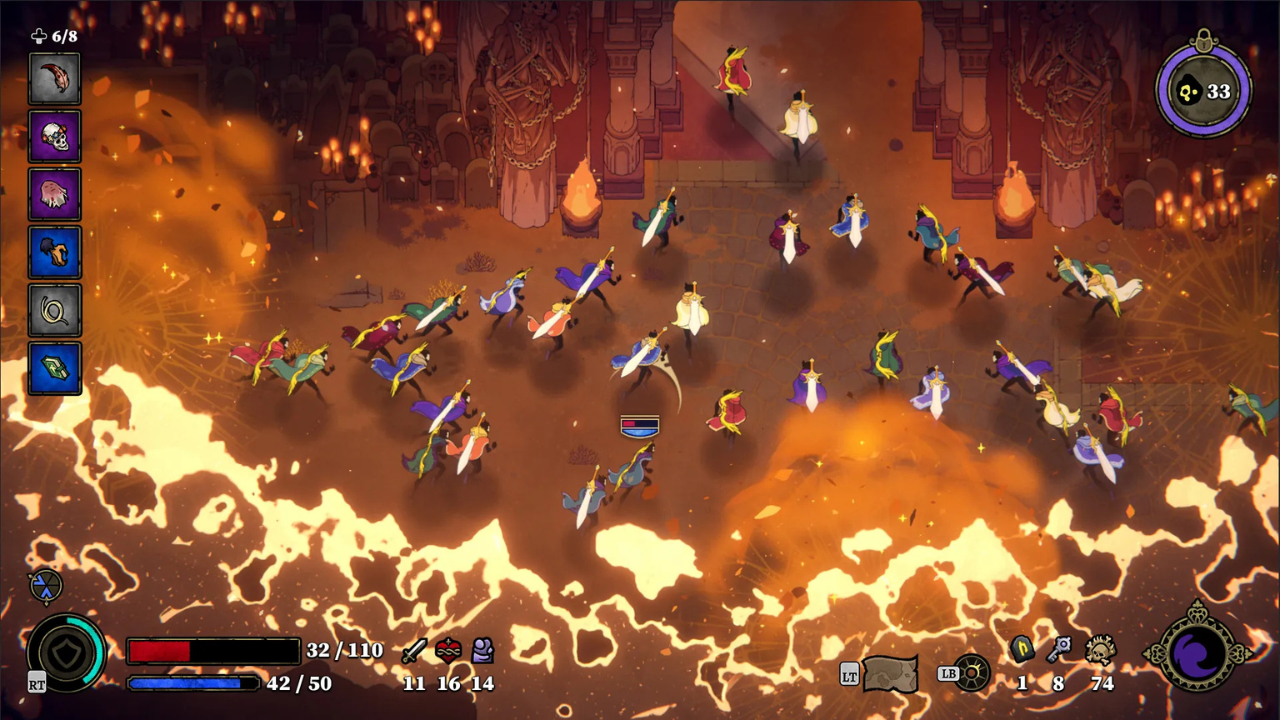
Throughout their five-year journey of developing 33 Immortals, Thunder Lotus experienced many “Aha!” moments. One particularly impactful revelation was the discovery and sheer ease of using Quantum’s Bot SDK. Before that, they were trying to build monster logic using basic systems and simple data, which actually led to a lot of limitations. But once they integrated the Bot SDK, the “complexity of combat and ease of production really took off,” allowing them to create increasingly complex monsters as players progressed through the game’s worlds.
Another major selling point, especially crucial for a fast-paced, 33-player game with tons of entities, was Quantum’s inherent performance. Its garbage-collection-free ECS architecture was a perfect match, virtually eliminating concerns about scalability. What also helped significantly was that Quantum’s Predict/Rollback and Tick-Based Simulations delivered an “unparalleled level of smoothness” to the game. This was confirmed early on by playtesters worldwide, even during intense combat. This tech also ensured that all game simulations, from physics and bots to animations, stayed 100% in sync across all clients with no delay, making for a truly seamless co-op experience.
Furthermore, Quantum’s matchmaking capabilities allowed them to implement “a sort of continuous-lobby” known as the “Dark Woods,”. It’s not like a typical matchmaking lobby; instead, it acts as a hub where players can hang out, get their gear ready, and even practice before jumping into a game. One big thing they learned was that keeping these rooms open indefinitely isn’t good for the servers, so they added a 2-hour timer to lock rooms, which then encourages players to find a new one.
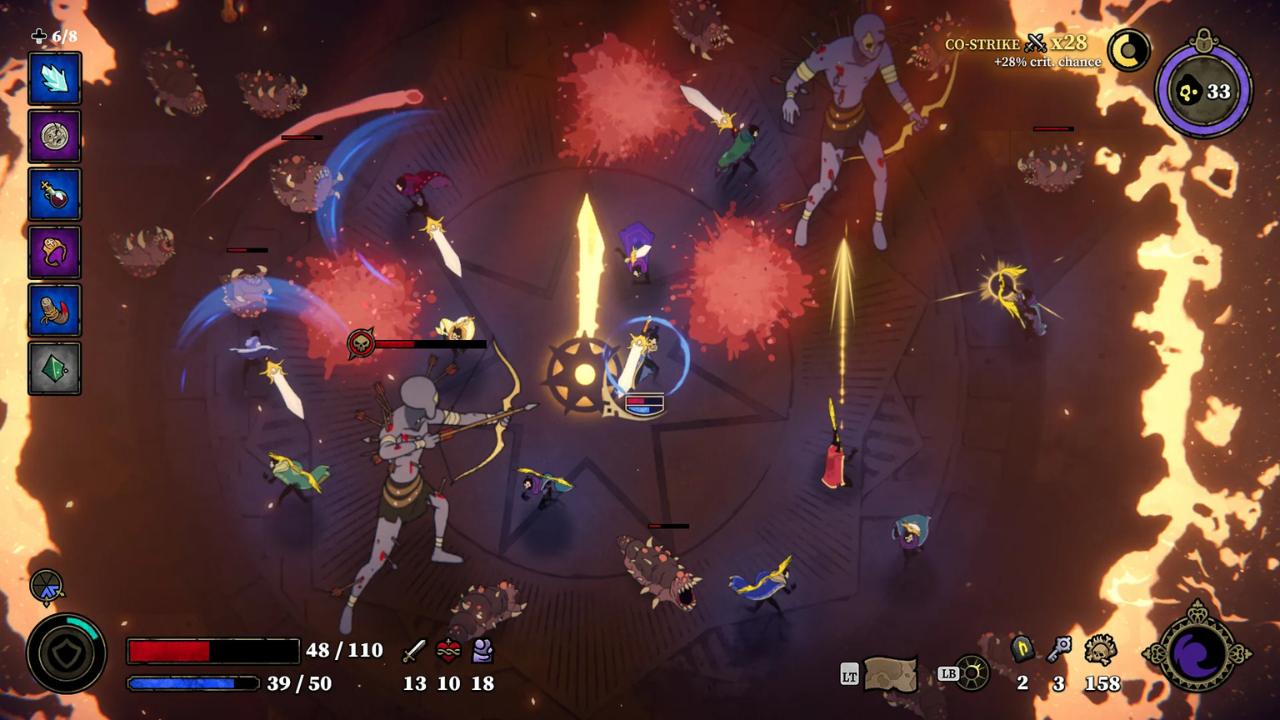
The game also features a party system that really influences how matchmaking works, allowing party members to automatically join the leader’s room and even change their region if needed. They found Photon Quantum helpful here because it allowed them to reserve spots for entire parties in advance. For the actual matchmaking, they went with a simple approach during playtesting, which thankfully worked out well: it just connects players to the first available room that has enough space for them and their teammates.
Making it work!
After all that hard work, 33 Immortals successfully launched into Early Access, even snagging a very positive 4.7 review score on the Epic Games Store!
When asked what helped them achieve such a good launch, especially for a multiplayer title, Thunder Lotus shared a few key insights. They emphasized the importance of “having multiple “go-live” phases”, where they’d get the community to “test the game for a week or weekend every couple of months”. This was crucial for “stress-testing their launch process”.
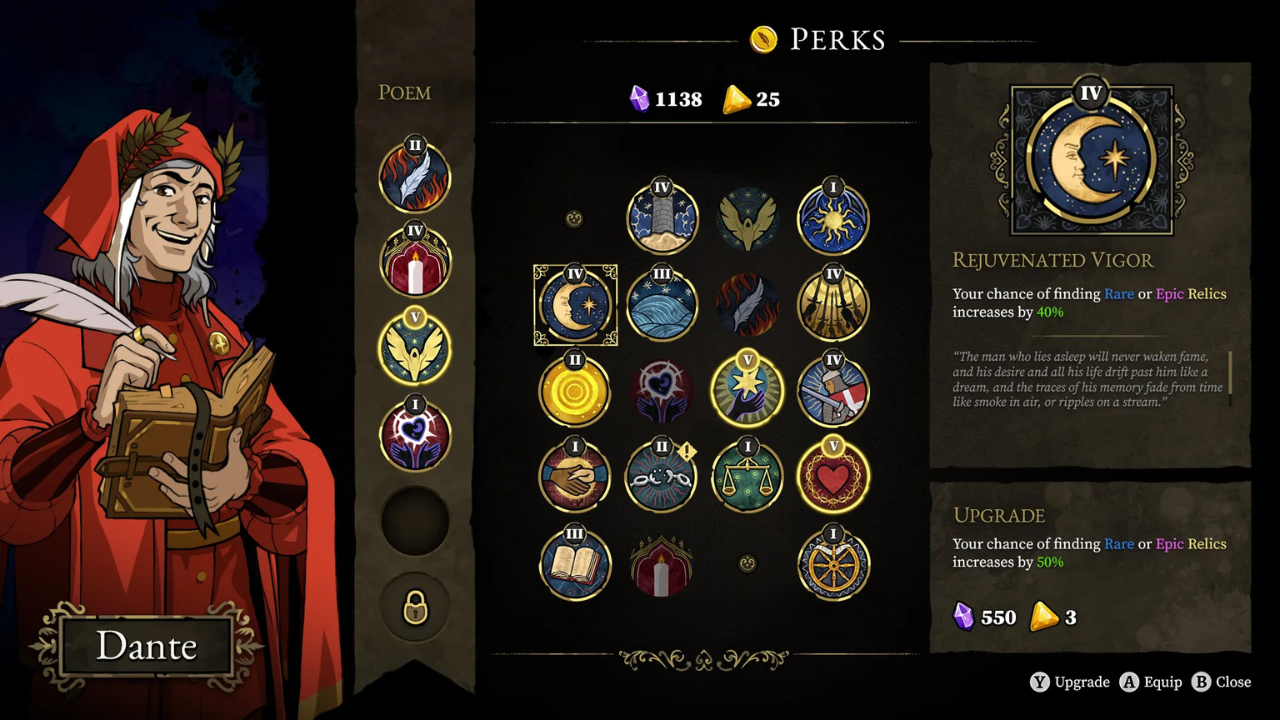
Another critical factor was using crashlytics, tools to report crashes and in-game errors, giving them time to “clean up as many issues as possible”. And, of course, having a “solid QA team”, including a small internal dev-QA team and a great external partner, really helped them “iron out the worst problems” before release. Despite still having ways to go, they’re quite proud of the stability they achieved at launch.
“One highlight with Photon was that membership tier, gaming circle, with the private discord channel. That was really invaluable. Having access to the engineer who answered within a few hours saved us a lot of time. We could really feel the people were invested in our project as much as us, they would deep dive with us and even go off the books. We were told multiple times we could/should have used that support even more and called meetings and/or other tech reviews. So that there is something we really appreciated. All reasons why Thunder Lotus is banking on Quantum for its future projects as well.” – Daniel Dupuis, Lead Programmer at Thunder Lotus Games
Where to go from here?
Thunder Lotus has truly undergone a remarkable transformation in their development approach, evolving from a studio primarily known for single-player games like Spiritfarer to successfully launching a groundbreaking 33-player online multiplayer title. The solid foundation they built using Photon Quantum has significantly minimized production friction and largely eliminated their concerns about scalability.
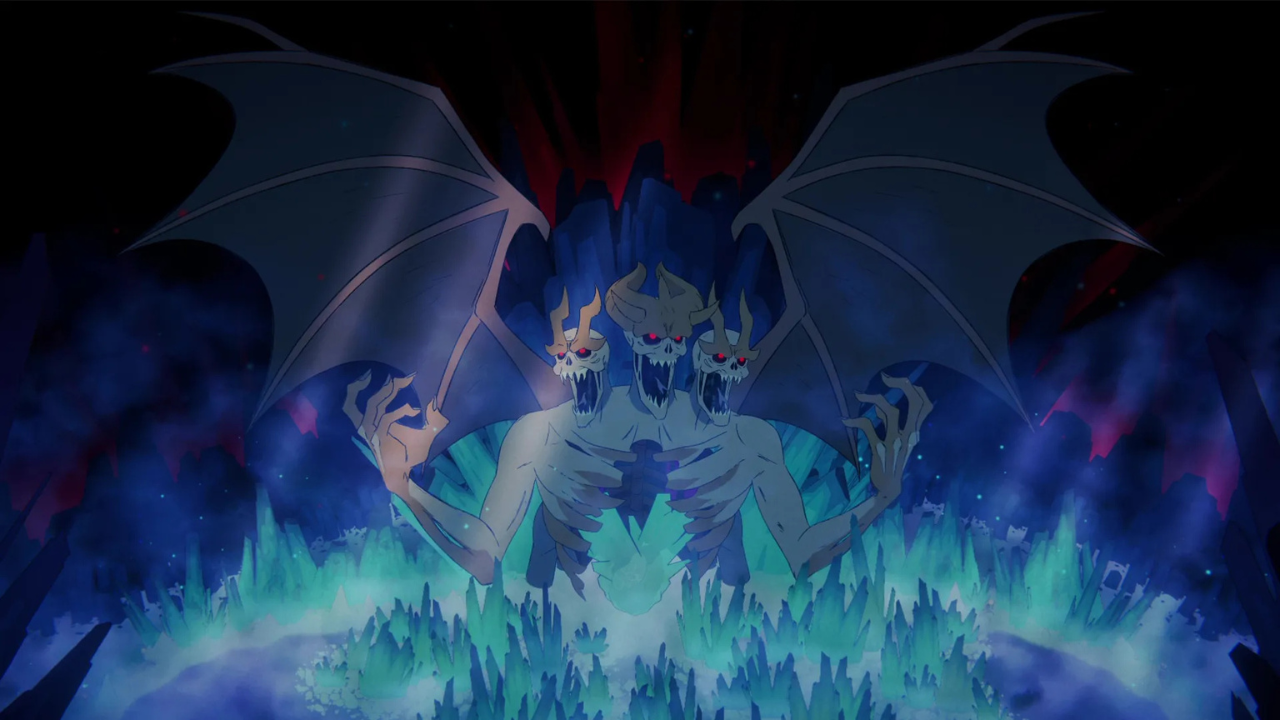
Right now, Thunder Lotus is focused on completing 33 Immortals, which includes developing the last world and boss. They are also actively incorporating community feedback to fine-tune the game. Looking ahead, players can definitely anticipate more complex monsters and gameplay features, as the team continues to explore the full capacity of what they have with Quantum and push the boundaries of what’s possible in their game.
Ready to see how Photon Quantum can help your team achieve groundbreaking results like these? You can download Photon Quantum for free today!

